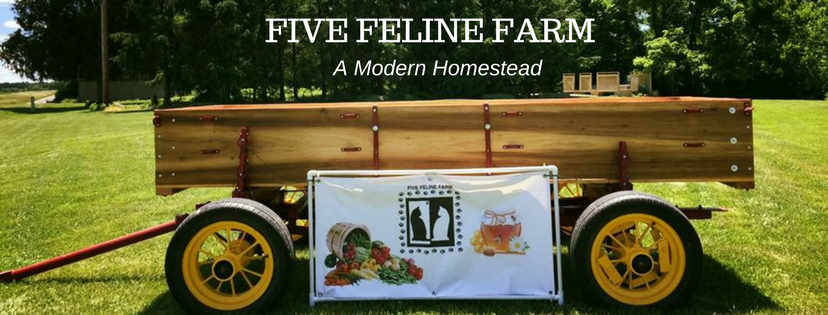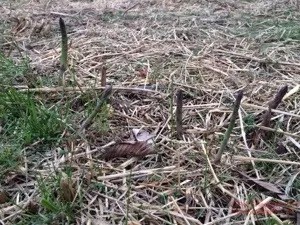Don’t get caught eating slime.
Fresh asparagus is nothing like slimy canned stuff. Not that I’ve ever decided to try the slimy canned stuff. It just never appealed. But fresh, oh my. And to pick a handful, walk straight to the kitchen and have it on the table in under 30 minutes. Well, it just doesn’t get much fresher than that. One of my absolute favorite things is to pick something fresh and go straight to preparation then table. Ok, I know everyone can’t do that, but the next best thing is to buy from a farmer’s market.
Oh, but asparagus picked from your own patch. This delicious vegetable is one of the first in the spring to poke through the ground. It will provide a plethora of delicious meals.
Asparagus is a perennial vegetable that is planted in a row from root crowns. It does take awhile to establish a new asparagus bed. Although this is a bonus in years 3-25, it is a slow wait until your asparagus starts producing.
Buy root crowns from a reputable source. Asparagus comes in male and female although both are not required to produce. The female varieties produce a thinner stalk while the male produces a thicker stalk. Both are delicious and it is a personal preference which style you like.
To plant asparagus, dig a trench 6 inches deep, approximately 12 inches wide and layer in compost down the middle of the trench. Spread the root crowns across this mound of compost and cover with 2 inches of soil. After a couple of weeks, cover with another 2 inches of soil and repeat until the bed is slightly mounded.
Then the wait begins. You will not harvest the first two years from this bed so the plants can invest all of their energy into root systems. The third year you may harvest lightly and after the fourth year you can harvest as needed. Shoots will come up quickly. Monitor frequently through the early spring.
To harvest, cut the spears near ground level or bend gently until it snaps off. We use the bend and snap method.
What to do with that harvest? Try grilled or oven roasted spears. Drizzle spears with olive oil, salt and pepper to taste. To grill, place directly on the grill grates, turning frequently until lightly charred but still crisp-tender. When you aren’t grilling, you can roast in 425 oven, Use a shallow pan, toss with the olive oil, salt and pepper, then roast for 15 to 20 minutes, turning once.
If neither of those methods suit you, fresh asparagus is excellent in a quiche, sautéed with scrambled eggs or lightly steamed with a rich hollandaise.
Drop us a comment about your favorite spring vegetable and how you like it prepared.









